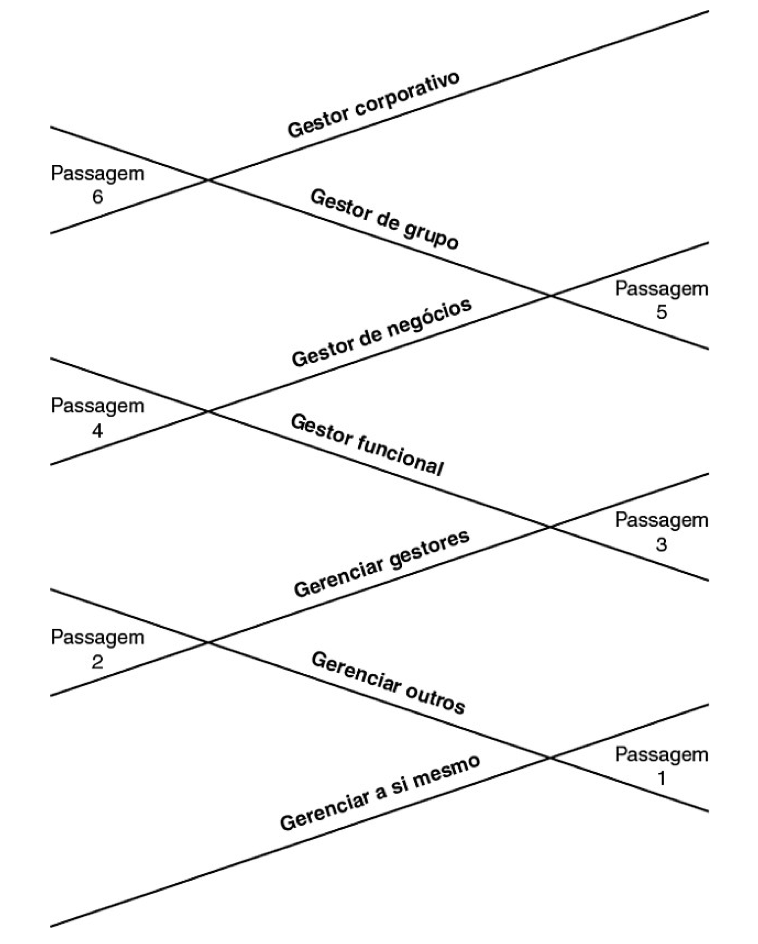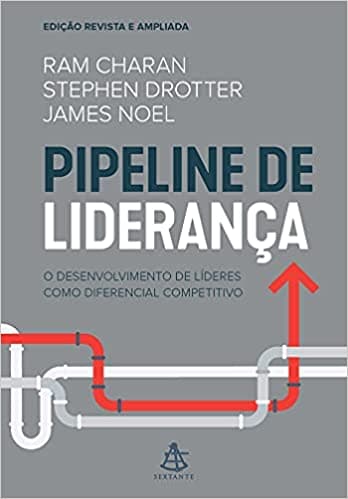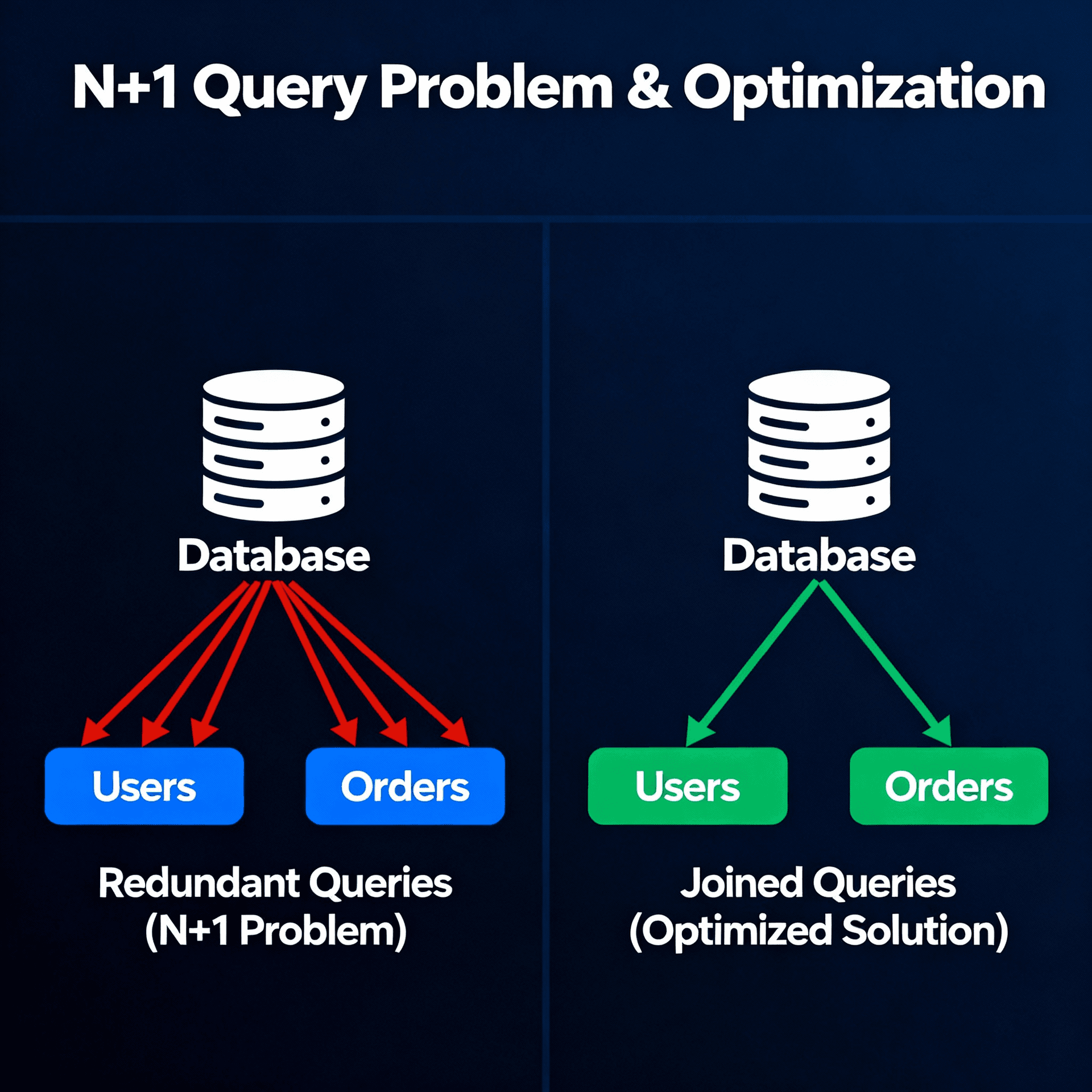The Leadership Pipeline

Leadership development, in the authors' experience, is achieved by exposing leaders to challenges of varying complexities. At each level of complexity, the leader must develop a new set of competencies, reconsider how they allocate their time to daily matters (which change), and reassess what has and no longer has value.
Leadership development follows various zigzagging paths to absorb the necessary values and competencies.
The leadership pipeline model consists of transitions to new leadership positions based on:
- Time applications: a new time frame that guides the leader's work;
- Professional values: what people believe to be important and thus becomes the focus of their efforts;
- Skills: what people can accomplish well;
- Set of results in terms of accountability;
 Source: Drotter Human Resources, Inc.
Source: Drotter Human Resources, Inc.
When companies develop leadership pipeline requirements instead of job responsibilities, they can better develop their leaders. Navigating these passages helps leaders strengthen emotionally as they take on increasingly complex and comprehensive assignments.
Passage 1: From managing oneself to managing others
This passage is typically made by high-performing individuals, but they often want to continue performing the activities that brought them success. As a result, they make this transition without changing their behavior and values, meaning they become managers without accepting the requirements.
| Individual Contributor | First-level Manager |
|---|---|
| Skills | Skills |
| • Technical or area-specific mastery | • Planning – projects, budget, workforce |
| • Teamwork | • Job definition • Selection (of personnel) |
| • Relationship development for personal benefits and results | • Relationship development upwards, downwards, and horizontally for unit benefit |
| • Use of company tools, processes, and procedures | • Coaching and feedback • Performance measurement |
| • Performance monitoring | |
| • Compensation and motivation | |
| • Communication and organizational climate | |
| • Resource acquisition | |
| • Delegation | |
| Time Application | Time Application |
| • Daily discipline – arrival, departure | • Annual planning – budgets, projects |
| • Meeting personal project deadlines – typically short-term, through self-time management | • Making time available for subordinates – requested by both you and them |
| • Setting priorities for the unit and team | |
| • Communication time with other units, clients, suppliers | |
| Professional Values | Professional Values |
| • Achieving results through professional mastery | • Achieving results through others |
| • High-quality work – technical or area-specific | • Success of direct subordinates |
| • Acceptance of company values | • Managerial work and methods |
| • Unit success | |
| • Seeing oneself as a manager | |
| • Visible integrity |
Passage 2: From managing others to managing managers
Often, people promoted to manager-of-managers positions skipped the previous passage; they didn't change skills, time applications, and professional values, obstructing the leadership pipeline by making first-level managers responsible for technical work rather than management work.
Goals and metrics should be defined to evaluate new managerial behaviors. Appropriate metrics include:
- measurement of efficiency improvement;
- level of quality improvement;
- frequency and impact of coaching sessions;
- a number of first-level managers promoted or transferred horizontally to broaden experiences;
- success rate of new first-level managers;
- teamwork in the assigned area;
- teamwork with other areas;
Asking the right questions:
| For the Individual Contributor | For the First-level Manager |
|---|---|
| When will you complete the project? | What should you do in your organization to ensure deadlines are met? |
| Why is quality declining? | To what extent does your staff know quality standards, and what are you doing to ensure these standards are met? |
Passage 3: From managing managers to functional manager
Communication with the individual contributor level now requires penetrating at least two layers of management, which demands the development of new communication skills. Another important factor is that functional leaders must manage some areas that were not included in their own experiences. This means they must not only understand this "unknown" work but also learn to value it. They need to develop interpretation and information gathering skills to succeed at this level. The other aspect of maturity involves thinking like an entrepreneur, not merely as an employee.
A functional manager shows they have developed a good understanding if they can answer questions such as:
• What is the company trying to accomplish?
• How does it want to position itself in the market?
• Has the strategy changed recently or is it about to change?
• Does my role contribute to our competitive advantage?
• What should each function do to contribute to this strategy?
• How do my function's efforts impact the strategy?
• How does my function impact other functions' ability to contribute?
• How does one make money in this business?
Passage 4: From functional manager to business manager
The biggest change is moving from functionally analyzing plans and proposals ("Is this technically, professionally, or physically possible?") to a profit-oriented view ("Will we make any profit if we do this?") and a long-term perspective ("Is the resulting profitability sustainable?"). New business managers must change their way of thinking if they want to succeed.
| Functional Leadership | Business Managers |
|---|---|
| Can we win this customer? | How will we grow? |
| Can we develop a better compensation plan? | How to have revenues greater than the cost of capital? |
| Can we launch the product on time? | Is the profit level sustainable? |
| How to improve competitive advantage? |
Development options: self-learning, new experiences, and reflection
The best way to deal with complexity at the business management level is to translate this knowledge into meaningful plans and actions.
 Source: Drotter Human Resources, Inc.
Source: Drotter Human Resources, Inc.
Passage 5: From business manager to group manager
A business manager values the success of their own business. A group manager values the success of other people's businesses. Leadership becomes more holistic at this level. People can master the necessary skills, but they won't perform at their best in leadership if they don't start seeing themselves as executives with broad evaluation capacity. By "broad evaluation capacity," we mean that managers need to consider the complexities of managing multiple businesses, thinking in terms of community, industry, government, and public activities.
Group leaders need to identify and analyze opportunities, often hidden:
- Should each business have its own e-commerce resources or should the entire group share common resources?
- Which e-commerce strategy will be better for customers?
- Which strategy will give the group greater market power?
- What are the long-term benefits compared to short-term benefits?
- What are the threats to e-commerce and how do we protect against them?
Passage 6: From group manager to corporate manager
The transition in the sixth passage is much more focused on values than skills. To an even greater extent than in the previous level, people must reinvent themselves as corporate managers. As leaders of an institution, they must think visionary and long-term. Corporate leaders must let go of the "parts" – that is, individual products and customers – and focus on the whole (how do we conceive, develop, produce, market, and promote all products for all customers?).
Challenge 1: Deliver consistent and predictable financial and revenue results In any publicly traded company, most CEOs are evaluated by investors and financial analysts. Scorecards are published hourly on stock exchanges.
Challenge 2: Define the company's direction
Challenge 3: Define the "soft" side of the company Every company is a social organization. When two or more people work together, they invariably develop positive or negative relationships. Managing social relationships, as well as the environment in which these relationships evolve, is an important responsibility of the CEO.
- Are we selecting the right people?
- Are we honest in offering feedback to our staff?
- Are we willing to quickly eliminate inconsistencies between positions and people?
- Are we attentive to retaining high-performing people, helping them advance quickly, rewarding them appropriately, and offering them unprecedented opportunities to test their abilities?
Challenge 4: Maintain the execution advantage Contrary to popular belief, CEOs don't need to be strategy wizards or brilliant visionaries to succeed. However, they need to ensure things get done. CEOs who appear indecisive or don't deliver on their promises harm their organizations – and are also those whom boards of directors ask to step aside.
Challenge 5: Lead the company in a broader, global context Characteristics that stand out: (1) a sense of purpose that extends beyond numbers, (2) a clear vision of the path to be taken, and (3) the ability to communicate the purpose and path to large groups of people whom the CEO will never personally meet.
Leadership development strategies:
Strategy 1: Start with the boss, not the subordinate
Strategy 2: Look for evidence of an appropriate transition in values
Strategy 3: Use Action Learning as the main development vehicle
Strategy 4: Address inappropriate performance immediately
Succession Planning
Have mapped potential successors in your leadership pipeline:



